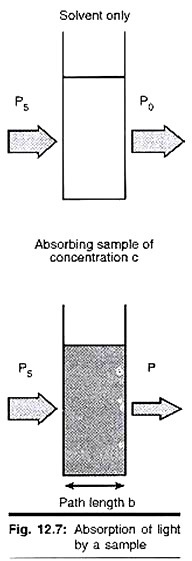ADVERTISEMENTS:
The below mentioned article provides a practical experiment to Identify Pathogenicity of Organisms.
Principle:
Pathogenicity is nothing but the ability of a pathogen to cause or incite diseases. The pathogenicity of any organisms could be demonstrated by a suitably designed experiment by following the principles of Koch’s postulates or Koch’s Rules.
ADVERTISEMENTS:
Requirements:
1. An infected potted plant, (viz. early blight of potato).
2. All the requisites of pathogenic isolation as stated earlier.
3. Growth chamber.
ADVERTISEMENTS:
4. Sprayer.
Procedure:
1. The pathogen is isolated from infected leaves or other plant parts aseptically by following the procedure as stated earlier.
2. Then pathogen is allowed to sporulate in artificial medium and then sprayed the spore inoculum over an isolated healthy selective host plant.
3. Then the said inoculated plant is kept in a temperature regulated growth chamber for a few days.
4. As and when the characteristic symptoms appear on the inoculated host plant, the infection region is examined for identity of the pathogen and at the same time the symptoms-are compared with that of original infected host plant from which pathogen was isolated at the beginning.
Observation:
ADVERTISEMENTS:
The pathogenicity of an organism isolated from an infected host thus could be examined microscopically and thereafter its efficacy for induction of diseases on healthy host could be proved through careful observation. The details steps of the said investigation are given in the Fig 3.38.

